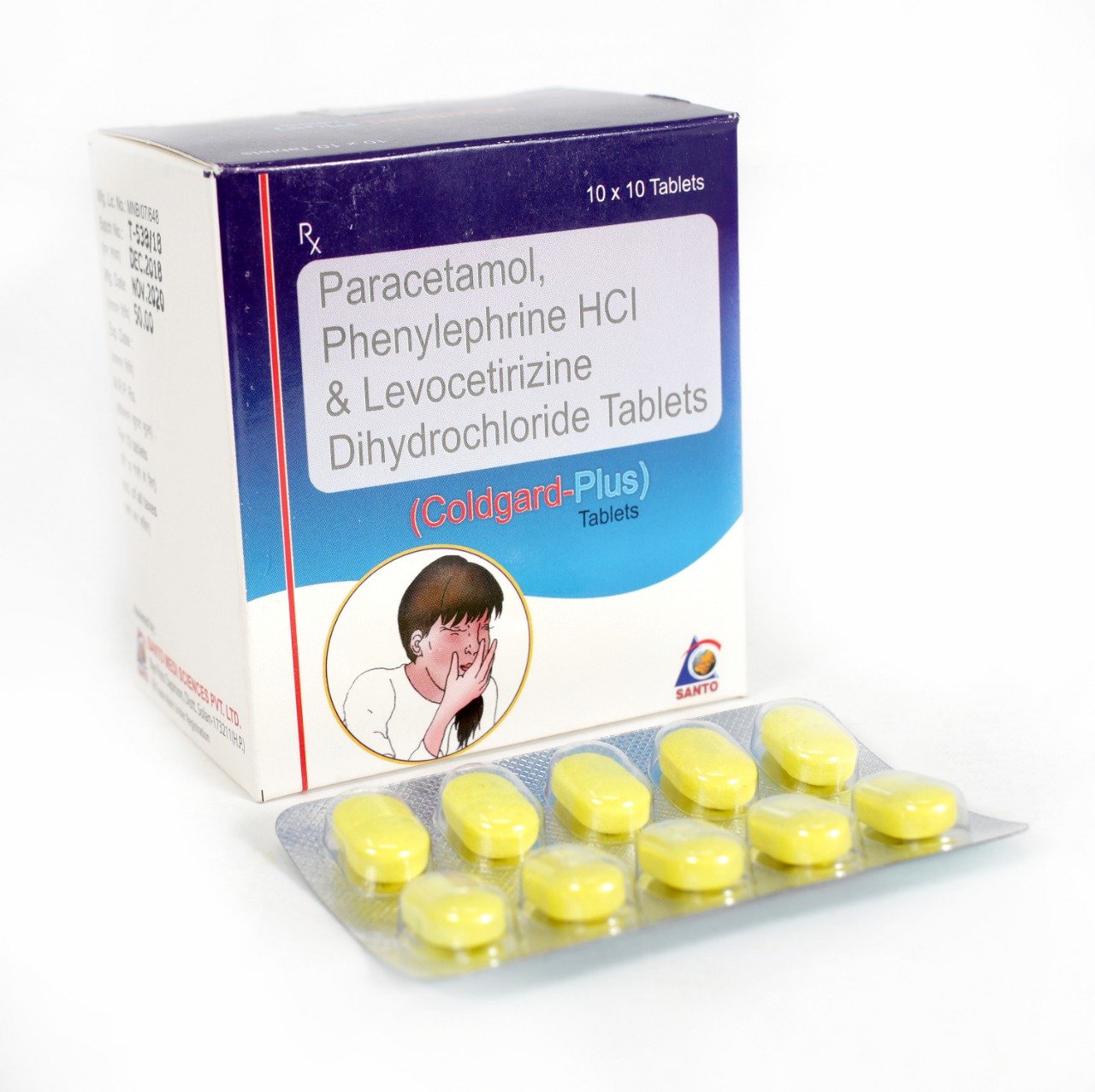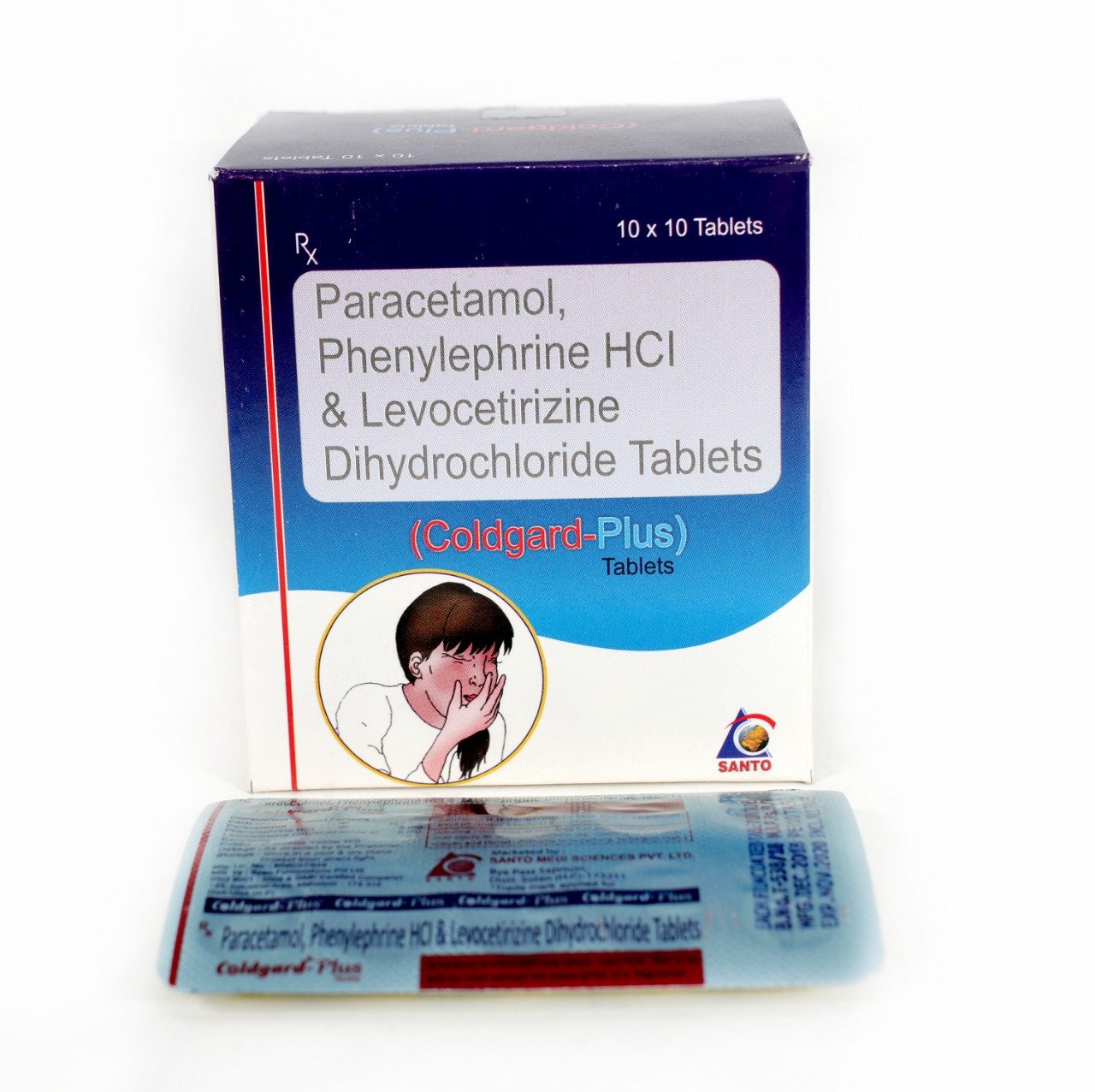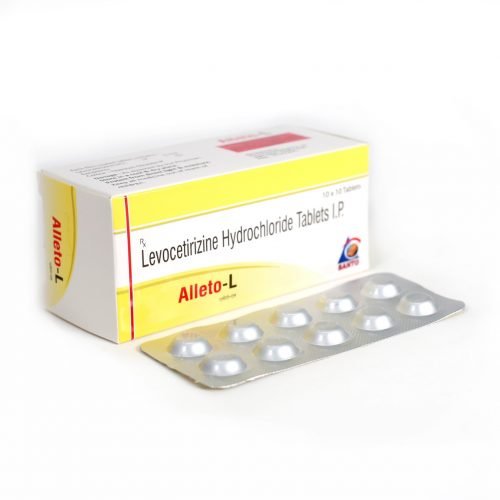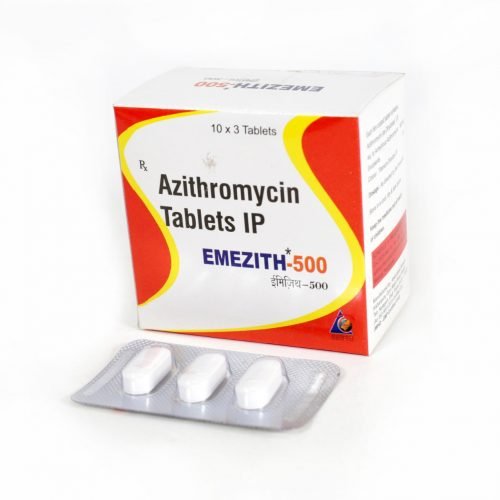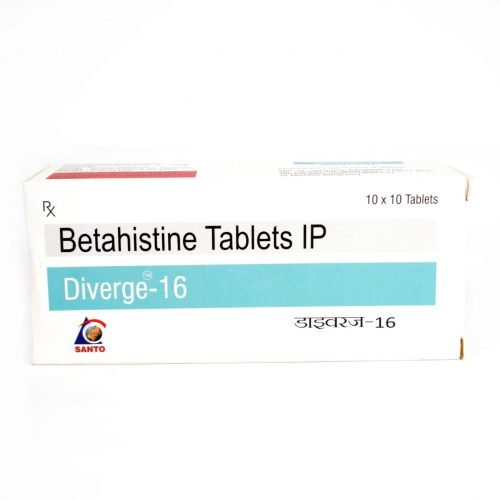- 01792-220191, 09839141955, 06390845955
- SCO No. 2 & 3, Block-B;Office No.-249A; 2nd Floor, Motia Plaza Baddi-173205; Distt. Solan (H.P.)

COLDGARD – NEW
September 19, 2019
DIPAMLO-AT
September 19, 2019COLDGARD-PLUS
| Brad Name | Coldgard- Plus |
| Composition | Levocetrizine 5 Mg + Paracetamol 325 Mg+ Phenylephrine 5 Mg Tablets |
Paracetamol 500 mg + caffeine 30 mg + CPM 2 mg + phenyephrine HCl 10 mg
Paracetamol an analgesic & antipyretic used for the fast and effective relief of pain & fever and discomfort associated with headache, period pain, colds and flu, tension headache, backache and muscular aches. it works by reducing the production of prostaglandins in the brain and spinal cord.
Caffeine is a mild stimulant that helps reduce fatigue. Caffeine is also thought to enhance the painkilling effect of paracetamol.
Chlorpheniramine blocks muscle responses in histamine and acts as an antagonism of the constrictor effects of histamine on respiratory smooth muscle.
Phenylephrine is a vasoconstrictor and a decongestant that relieves symptoms resulting from irritation of upper respiratory tract tissue. It shrinks swollen mucous membranes, reduces nasal congestion and tissue hyperemia.
Indications
- Common cold
- Hay fever
- Cough
- Congestion
- Runny nose
- Sneezing
- Itching of the nose and throat
- Watery eyes
Dosage
Day time tablets : 2 tablets every 4 hours not to exceed 8 tablets daily.
Night time tablets : 2 tablets every 4 hours no sooner than 4 hours after the last day time dose not to exceed 4 tablets daily.
Contraindications
Concomitant use of other sympathomimetic decongestants, Phaeochromocytoma, Closed angle glaucoma, Known hypersensitivity to paracetamol or any of the other constituents, Hepatic or severe renal impairment, hypertension, hyperthyroidism, diabetes, and heart disease. Patients taking tricyclic antidepressants, or beta-blocking drugs and those who are taking or who have taken within the last two weeks monoamine oxidase inhibitors
Precautions
- Cautions should be exercised in patients who are allergic to any of its ingredients; or if you have any other allergies.
- Tell your doctor if any of the following health problems, before using this medication: breathing problems (such as asthma, emphysema),diabetes, glaucoma, heart problems, high blood pressure, kidney problems, liver disease, diabetes, seizures, stomach/intestinal problems (such as blockage, constipation, ulcers),overactive thyroid (hyperthyroidism), urination problems (such as trouble urinating due to enlarged prostate, urinary retention).
- This drug may make dizzy or drowsy or cause blurred vision. Do not drive, use machinery, or do any activity that requires alertness or clear vision until you are sure you can perform such activities safely. Avoid alcoholic beverages.
- Children may be more sensitive to the effects of this drug. In young children, antihistamines may cause agitation/excitement instead of drowsiness.
- During pregnancy, this medication should be used only when clearly needed. Discuss the risks and benefits with your doctor.
- This medication may pass into breast milk and may have undesirable effects on a nursing infant. Consult your doctor before breast-feeding.
Side effects
Drowsiness, dizziness, blurred vision, upset stomach, nausea, nervousness, or dry mouth/nose/throat, mental/mood changes (such as confusion, hallucinations), shaking, trouble urinating, fast/slow/irregular heartbeat, seizure, rash, itching/swelling (especially of the face/tongue/throat), severe dizziness, trouble breathing.
Drug interactions
- Some products that may interact with this drug include: “blood thinners” (such as warfarin), ketoconazole.
- Taking MAO inhibitors with this medication may cause a serious (possibly fatal) drug interaction. Avoid taking MAO inhibitors (isocarboxazid, linezolid, methylene blue, moclobemide, phenelzine, procarbazine, rasagiline, selegiline, tranylcypromine) during treatment with this medication
- Do not use with any other antihistamines applied to the skin (such as diphenhydramine cream, ointment, spray) because increased side effects may occur.
- This medication may interfere with certain laboratory tests (including urine 5-HIAA), possibly causing false test results. Make sure laboratory personnel and all your doctors know you use this drug.

